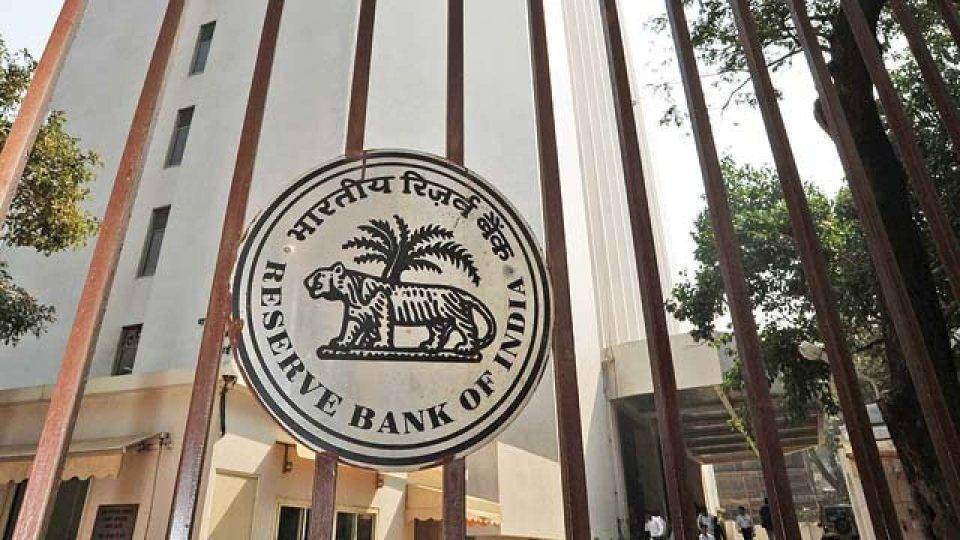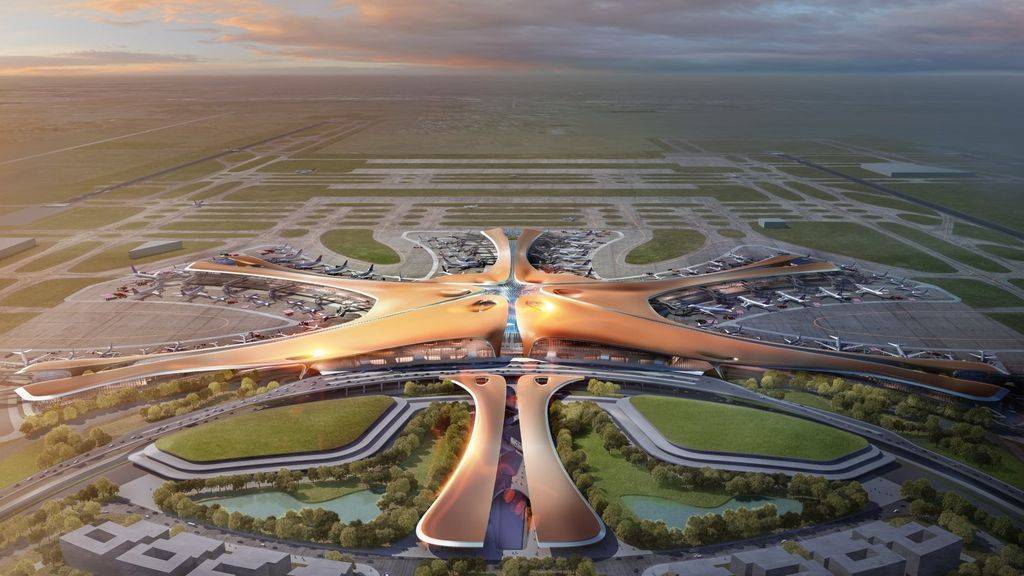India’s residential real estate market is experiencing a significant shift in 2024, as the housing inventory overhang fell to an all-time low. According to the quarterly report “Real Insight Residential – April-June 2024” released by REA India, the inventory overhang for the April-June period was reduced to 22 months, a notable decrease from 34 months in the same period in 2023. This reflects a healthier balance between supply and demand in the housing sector across India’s top eight cities.
Housing inventory overhang refers to the estimated time required to sell unsold residential units in a market based on the current sales velocity. This metric is crucial for assessing the health of the real estate market, with lower inventory overhang indicating stronger market performance.
National Overview
At the end of Q2 2024, India’s unsold residential inventory stood at 9.26 lakh housing units across the country’s top eight markets. Despite a modest 2% year-on-year decline in new housing supply and absorption, the overall market witnessed a significant reduction in inventory overhang, driven by strong demand and positive market sentiment.
Cities such as Ahmedabad and Delhi-NCR stood out as the top performers, achieving the most significant reductions in inventory overhang, while regions like Mumbai and Pune still struggled with large unsold stock due to the volume of new project launches. As the market heads into the festive season, this positive trend is expected to gain further momentum, spurring more sales activity.
The top eight cities performance in Q2 2024:
1. Ahmedabad: A Standout Performer
Among the eight markets analyzed, Ahmedabad achieved the largest reduction in inventory overhang, bringing it down from 33 months in 2023 to just 18 months in Q2 2024. This represents an annual reduction of over 12,500 units. The city’s real estate market is benefiting from robust demand, especially for mid-range and affordable housing, which is helping developers clear unsold stock at a rapid pace.
This sharp decline can be attributed to a well-balanced approach by developers, who have been cautious about launching new projects, ensuring that the market does not become oversupplied. The positive trend in Ahmedabad’s real estate market is expected to continue in the second half of the year, fueled by a growing industrial and commercial base that is driving housing demand.
2. Delhi-NCR: Significant Progress
Delhi-NCR made notable strides in reducing its inventory overhang, which dropped from a staggering 72 months in 2023 to 31 months by the end of June 2024. The city saw a reduction of over 9,400 unsold units year-on-year. This improvement reflects a marked recovery in the region’s housing market, which had been plagued by an oversupply of high-end luxury homes in previous years.
Developers in Delhi-NCR have shifted focus to more affordable and mid-range housing, catering to the growing middle-class population. This strategic shift has led to faster sales and a healthier absorption rate in the market. However, challenges still remain, particularly in the higher-end segments, where demand remains muted.
3. Mumbai Metropolitan Region (MMR): Unsold Stock Still High
Despite overall positive market trends, the Mumbai Metropolitan Region (MMR) continues to struggle with high levels of unsold housing stock. As of Q2 2024, MMR accounted for 3,39,362 unsold units, representing 54% of the total unsold inventory across India’s top eight markets. Inventory overhang in MMR remains high due to the continuous launch of new projects, as developers respond to sustained demand from both end-users and investors.
While the demand for luxury and high-end housing in Mumbai remains strong, the large volume of new launches has contributed to a slower pace of sales. With an overhang of 28 months, it will take time for the market to absorb this stock, even though sales activity is expected to pick up during the festive season.
4. Pune: High Supply, Slower Absorption
Pune is another market where unsold stock remains elevated, with 1,57,555 units available as of June 2024. Similar to MMR, Pune has seen a 1% year-on-year increase in unsold inventory due to the high number of new project launches. Pune’s inventory overhang currently stands at 24 months, reflecting a slower pace of absorption compared to other cities.
However, the mid-range and affordable housing segments in Pune continue to perform well, as the city’s growing IT sector and industrial base drive demand for residential properties. Developers are focusing on tailoring new projects to meet the preferences of young professionals and first-time homebuyers.
5. Bengaluru: Balanced Market
Bengaluru has long been known for its relatively stable real estate market, and this trend continued in Q2 2024. The city’s inventory overhang dropped from 36 months in 2023 to 18 months in Q2 2024, with 81,153 unsold units remaining. This balanced market is supported by the city’s thriving IT sector and consistent demand for residential properties across various segments, including affordable, mid-range, and premium housing.
Bengaluru’s developers have maintained a cautious approach to new launches, ensuring that supply does not outpace demand. This has helped keep the market balanced and allowed developers to clear unsold stock at a steady rate.
6. Hyderabad: Moderate Improvements
Hyderabad saw a reduction in inventory overhang from 39 months in 2023 to 26 months in Q2 2024. However, the city still has a significant amount of unsold stock, with 1,32,178 units available. Hyderabad’s real estate market has been growing rapidly in recent years, driven by its status as a major IT hub and a center for multinational corporations.
Developers in Hyderabad have been quick to launch new projects to cater to the city’s growing population, but this has led to an oversupply in certain segments. While demand remains strong, particularly for mid-range housing, the market will need more time to absorb the existing unsold stock.
7. Chennai: Gradual Progress
Chennai experienced a modest reduction in inventory overhang, from 28 months in 2023 to 24 months in Q2 2024. The city’s unsold stock currently stands at around 34,000 units. While demand for housing in Chennai is stable, particularly in the mid-range segment, the city’s market has not seen the same rapid absorption rates as Ahmedabad or Bengaluru.
Developers in Chennai are focusing on smaller projects and affordable housing to cater to the needs of the city’s middle-class population. This approach is gradually helping to reduce the inventory overhang, but the pace of absorption remains slower compared to other major markets.
8. Kolkata: Strong Recovery
Finally, Kolkata saw a significant reduction in inventory overhang, which dropped from 34 months in 2023 to 16 months in Q2 2024. With 21,098 unsold units remaining, the city’s housing market is showing signs of a strong recovery. Kolkata’s developers have focused on launching smaller, affordable projects, which have seen strong demand from middle-income buyers.
The city’s improving infrastructure, including new metro lines and road projects, is also contributing to increased demand for residential properties in suburban areas. This positive momentum is expected to continue in the coming months, further reducing unsold stock.
Way Forward
India’s real estate market is moving toward a healthier balance between supply and demand, as evidenced by the record-low inventory overhang in Q2 2024. Cities like Ahmedabad, Delhi-NCR, and Bengaluru have seen the most significant improvements, while Mumbai, Pune, and Hyderabad still face challenges due to high levels of unsold stock. With the festive season approaching, the positive momentum in sales is expected to continue, further boosting the residential real estate sector across the country.









.png)